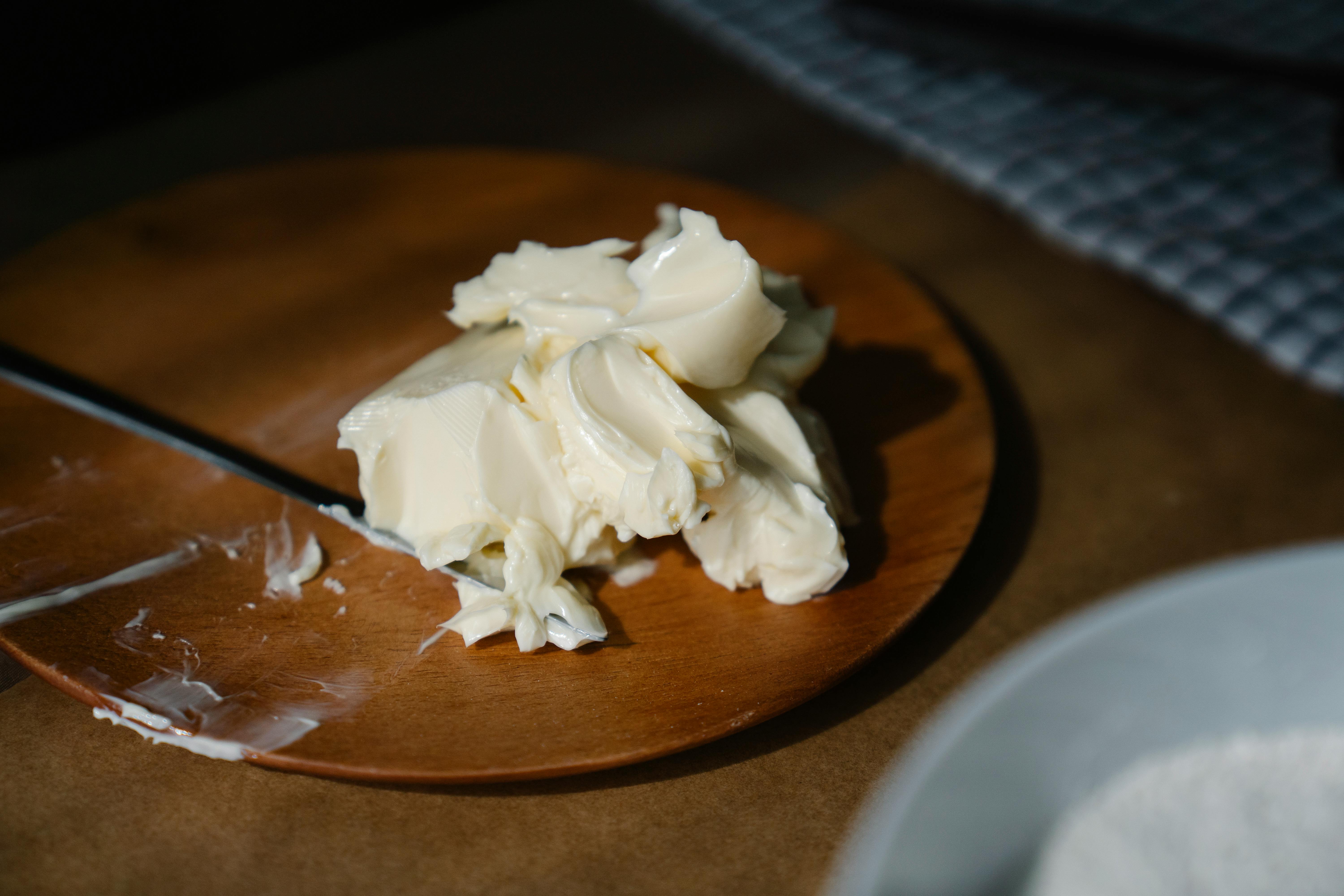
How to Properly Seal Granite: Essential Tips for a Durable Finish in 2025
Granite surfaces, known for their beauty and durability, are a popular choice in kitchens and bathrooms. However, maintaining their aesthetic appeal and functionality is crucial. Proper sealing is one of the most important aspects of granite care, helping prevent stains and prolonging the life of your granite countertops and tiles. With advancements in granite sealing techniques and products, homeowners can easily apply effective granite sealants to enhance their surfaces. In this article, we'll explore essential tips for sealing granite, ensuring your surfaces retain their elegance and resilience well into 2025 and beyond.
Understanding the benefits of sealing granite surfaces includes protecting against moisture, oils, and staining agents that can mar their finish. We will discuss various sealing methods, how to choose the best granite sealer, and preventative care practices that can save you time and money in the long run. By the end of this guide, you will be well-equipped with the knowledge to maintain and protect your granite surfaces effectively.
Essential Methods for Properly Sealing Granite
Proper sealing of granite is crucial for maintaining its integrity. Building on the foundational knowledge of granite surfaces, exploring various sealing methods can help you make informed choices. Choosing the right sealing technique assures enhanced durability and appearance.
Understanding Granitic Sealant Options
When it comes to sealing granite, it's vital to consider the diverse range of granite sealants available. Sealers generally fall into two categories: penetrating sealers and topical sealers. Penetrating sealers, often recommended for porous stones, soak into the granite and provide a moisture barrier, making them an effective choice for long-term water resistance.
On the other hand, topical sealers form a protective film on the surface that can enhance the granite's color. However, they may require more frequent reapplication. When selecting a sealer, consider your granite's porosity and the intended use of the surface, as some sealers are better than others for high-traffic areas.
Applying Granite Sealant: Step-by-Step Process
For a successful granite sealing application, it's essential to follow a structured process. Begin by cleaning the granite surface thoroughly using a non-abrasive cleaner suitable for natural stone. Allow the granite to dry completely to ensure proper adhesion of the sealant.
Next, apply the sealant using a soft cloth or applicator pad, working in small sections to ensure even coverage. Allow the sealer to penetrate according to the manufacturer's guidelines, usually 15-30 minutes. Wipe off any excess sealant, and allow the surface to cure for the recommended time before using the countertop or tile.
Best Practices for Sealing Granite
To achieve an optimal sealing outcome, consider best practices that contribute to the longevity of your granite surfaces. One crucial tip is to perform a water test; sprinkle some water on the granite and observe if it soaks in. If it does, it's time to reseal.
Moreover, avoid using harsh chemicals or abrasive cleaning tools that can damage the sealant. Instead, maintain your sealed granite with a gentle granite cleaner regularly. Following these practices will ensure that your granite remains both beautiful and protected against stains.
Common Granite Sealing Mistakes to Avoid
As you embark on your granite sealing journey, being aware of common mistakes can prevent costly errors. Transitioning from methods to pitfalls is crucial for ensuring a successful sealing project.
Skipping the Pre-Seal Thorough Cleaning
One of the most common mistakes when sealing granite is neglecting the cleaning step. Dust, grease, and residue can interfere with the sealant's adherence. Before applying the sealer, ensure to use a specialized stone cleaner to remove all debris from the surface. This step is vital to achieving a smooth seal that will last over time.
Applying Too Much or Too Little Sealant
Applying an excessive amount of sealant can lead to a sticky and uneven finish. Conversely, using too little can result in inadequate protection. Always follow the manufacturer's recommendations on the amount to apply and how to distribute it on the granite surface. Striking a balance will lead to a more effective sealing technique.
Inconsistent Sealing Frequency
Many homeowners tend to forget about sealing frequency. Regularly assessing the needs of your granite will prevent long-term damage. A rule of thumb is to reseal every 1-3 years depending on usage and environmental factors. Prevention is key in avoiding unsightly stains and restoring your granite to its optimal condition.
The Benefits of Regular Granite Sealing
Understanding the numerous benefits derived from regular granite sealing is pivotal for homeowners. Following the discussion on sealing mistakes, let us explore why investing in sealant application is essential.
Preventing Stains and Damage
One of the primary benefits of sealing granite is that it significantly aids in preventing stains. Spills from oils, wine, or acidic substances may penetrate unsealed granite and may cause irreversible damage. By ensuring your granite is properly sealed, you can create a protective barrier that repels these harmful substances.
Enhancing the Appearance of Granite
Sealing granite not only protects it but also enhances its natural beauty. A good quality sealer can enhance color depth, providing a rich appearance while maintaining the surface's shine. This becomes particularly important in kitchens and bathrooms where aesthetics are essential.
Long-Term Cost Efficiency
Investing in proper granite sealing can save you money in the long run. Regular sealing reduces the need for expensive repairs or granite restoration processes caused by neglect. Additionally, maintaining the integrity of your surfaces contributes to the overall value of your home.
Granite Care Tips for Homeowners
Transitioning from sealing benefits, understanding maintenance tips will help prolong the life of your granite surfaces. Proper care enhances the effectiveness of the sealing process.
Choosing the Right Cleaning Solutions
Choosing suitable cleaning options plays a crucial role in maintaining sealed granite surfaces. Non-toxic granite cleaners that are gentle yet effective in lifting stains without harm will keep your granite gleaming. Avoid vinegar or ammonia-based products, as these can erode the sealant over time.
Using Soft Cloths for Maintenance
When cleaning your granite, make certain to utilize soft cloths or microfiber towels that won't scratch the surface. This simple adjustment ensures your sealed granite remains intact and free of blemishes.
Monitoring for Signs of Wear
Paying attention to signs that your granite may need resealing can save you from potential staining disasters. Watch for dullness or discoloration, and immediately address any spills or messes. Regularly testing the surface with water will aid in assessing whether a reseal is required.
Granite Sealing Frequently Asked Questions
Lastly, let's address some common questions regarding granite sealing, providing clarity on frequent concerns among homeowners. This section bridges knowledge gaps to enhance granite care understanding.
How Often Should I Seal My Granite?
The sealing frequency largely varies based on usage and granite type. Typically, granite countertops may need resealing every 1-3 years; however, surfaces in high-use areas may require more frequent attention. Observing wear will guide sealing needs.
What are the Signs that Granite Needs Sealing?
Signs that your granite surfaces may need resealing include dullness, absorption of water, and visible stains. Performing a water test can help you determine if the granite is adequately sealed or if new sealant is necessary.
Can I Use a DIY Approach to Seal Granite?
Absolutely! Many homeowners successfully undertake DIY granite sealing with the correct tools and products. For those uncomfortable applying sealants, consider hiring a professional granite sealing service. Assessing your comfort level will ensure effective sealing.
What are Eco-Friendly Granite Sealers?
Eco-friendly granite sealers encompass non-toxic and sustainable options designed to protect granite without harmful chemicals. Utilizing eco-friendly products will not only contribute to a safer home but also provide effective granite sealing.
Are There Risks to Sealing Granite?
While granite sealing is generally safe, improper sealing can lead to surface damage or ineffective sealing. Choosing the correct sealant and method is essential for successful granite maintenance. Always follow product instructions closely for optimal results.
Sealing granite is a necessity for maintaining its beauty and resilience. By understanding the essential sealing methods, avoiding common mistakes, and adhering to regular maintenance practices, homeowners can ensure their granite surfaces remain stunning and durable for years to come.

For additional insights on granite care and maintenance products, visit our comprehensive guides here and here.
